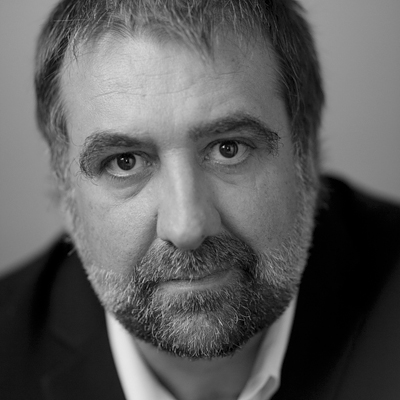Bio
Gérard Staron is a photographer born in 1962.He grows surrounded with the works of his great-uncle Henry Caillet, painter of the beginning of the 20th century, which took very early the bend of the cubism.
At 30 years, on the occasion of a journey in Mali, he borrows the Polaroid of his father, himself passionate about photography, to be able to leave a photo to the children of the schools of the Dogon country.
At the end of 2013, he works at full time in photography. He participates from 2014 to 2018 in numerous exhibitions and internationals festivals.
Artistic Statement
Gérard Staron questions the relationship to time and space of the photographic medium.
By construction, photography is limited to the present moment, (exact time of the camera triger), and to the object photographed.
Gérard Staron's research consists of trying to push back these commonly accepted limits.
He therefore works on the representation of time in photography :
- Through a set of physical experiences attached to the representation of a long time, from the instantaneous image, reference of the photographic process, to the duration-image and to the multi-temporal image.
 Times (Erosion Africaine)
Times (Erosion Africaine)
- By a work of suggestion, by presenting a time shifted between image meaning and the shot, by temporality differences between the photographic tool and the picture.
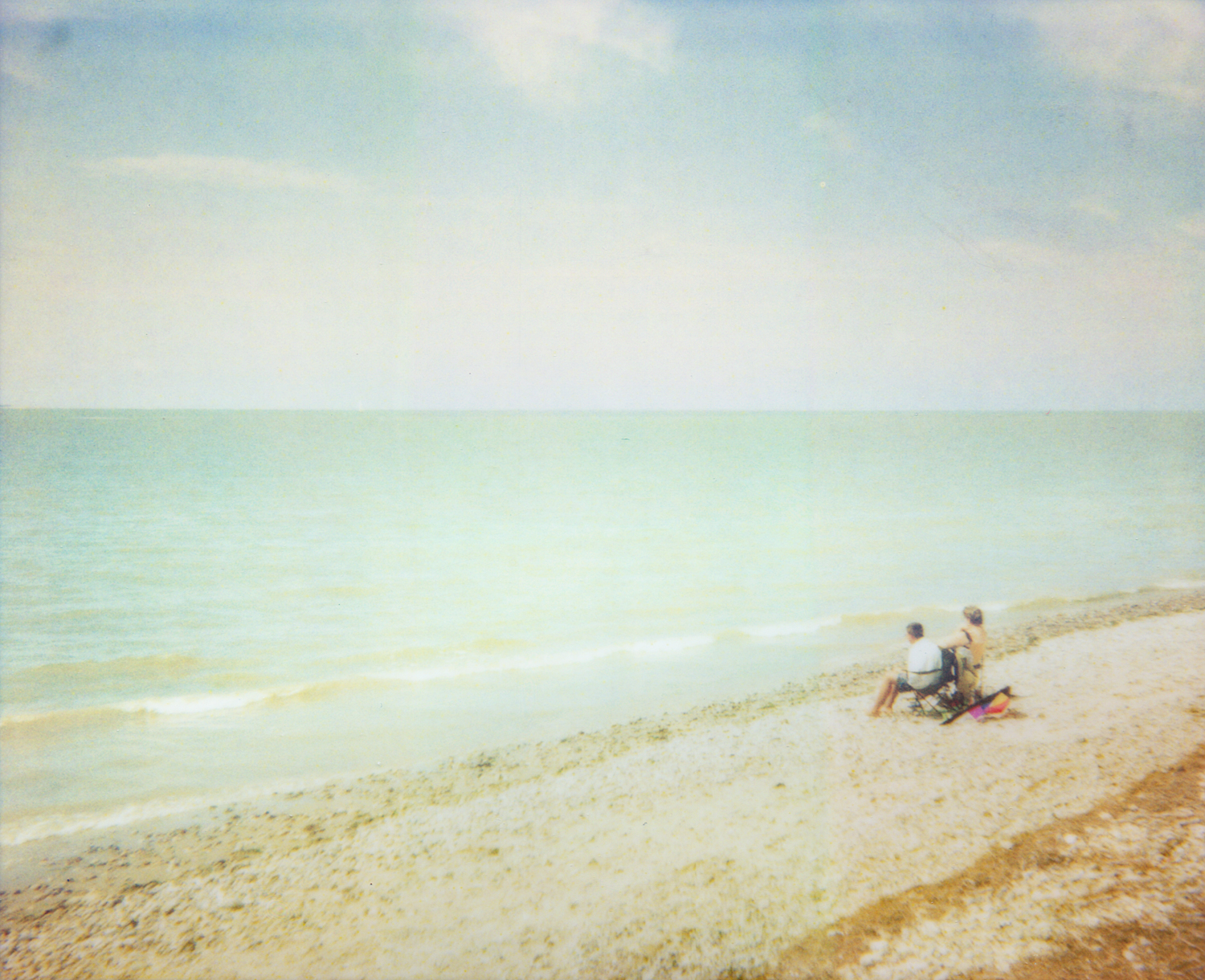 |
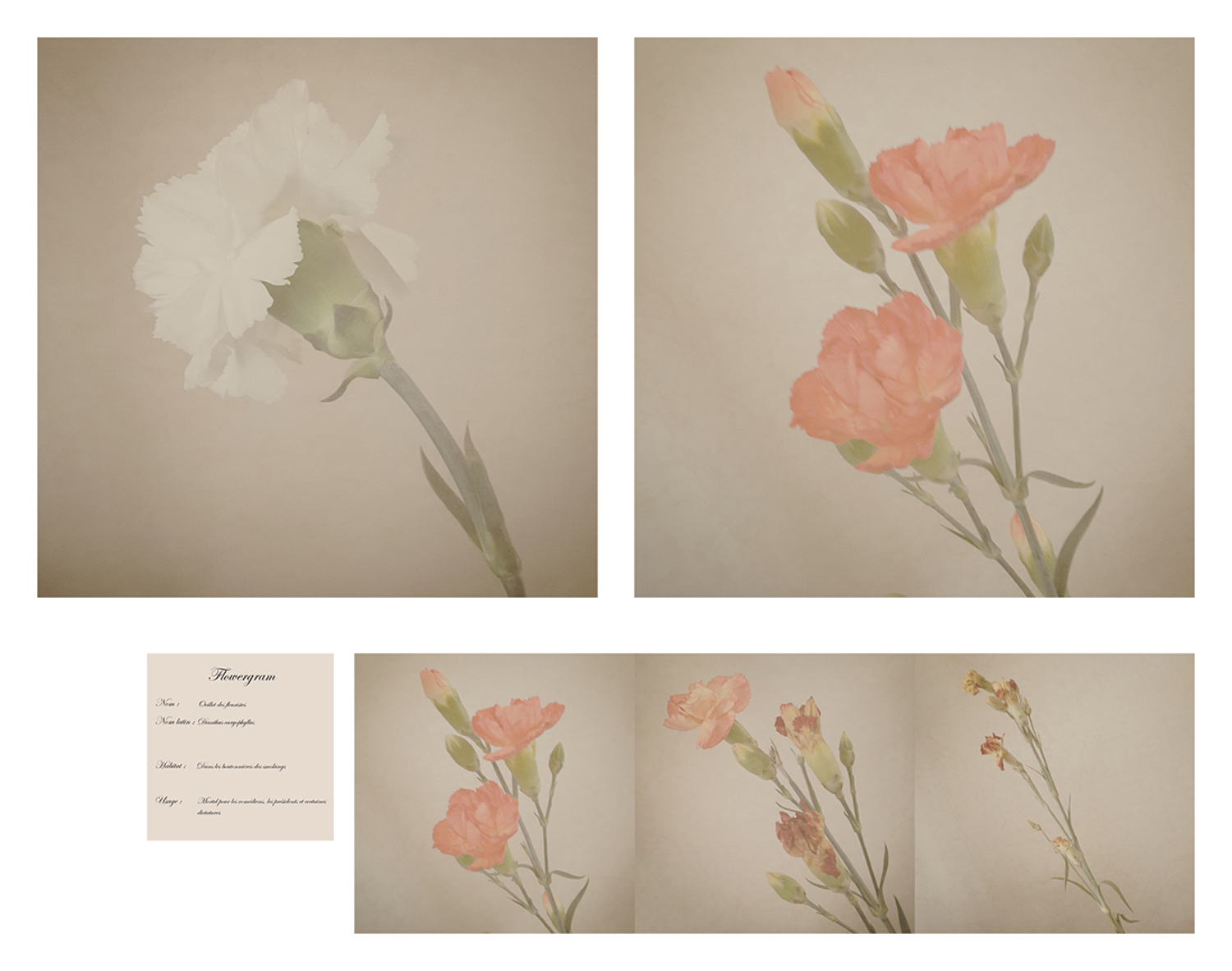 |
| Les bains de mer | Flower Timegram |
- By seeking new forms of images to talk about an abstract or imaginary time.

Cauchemar
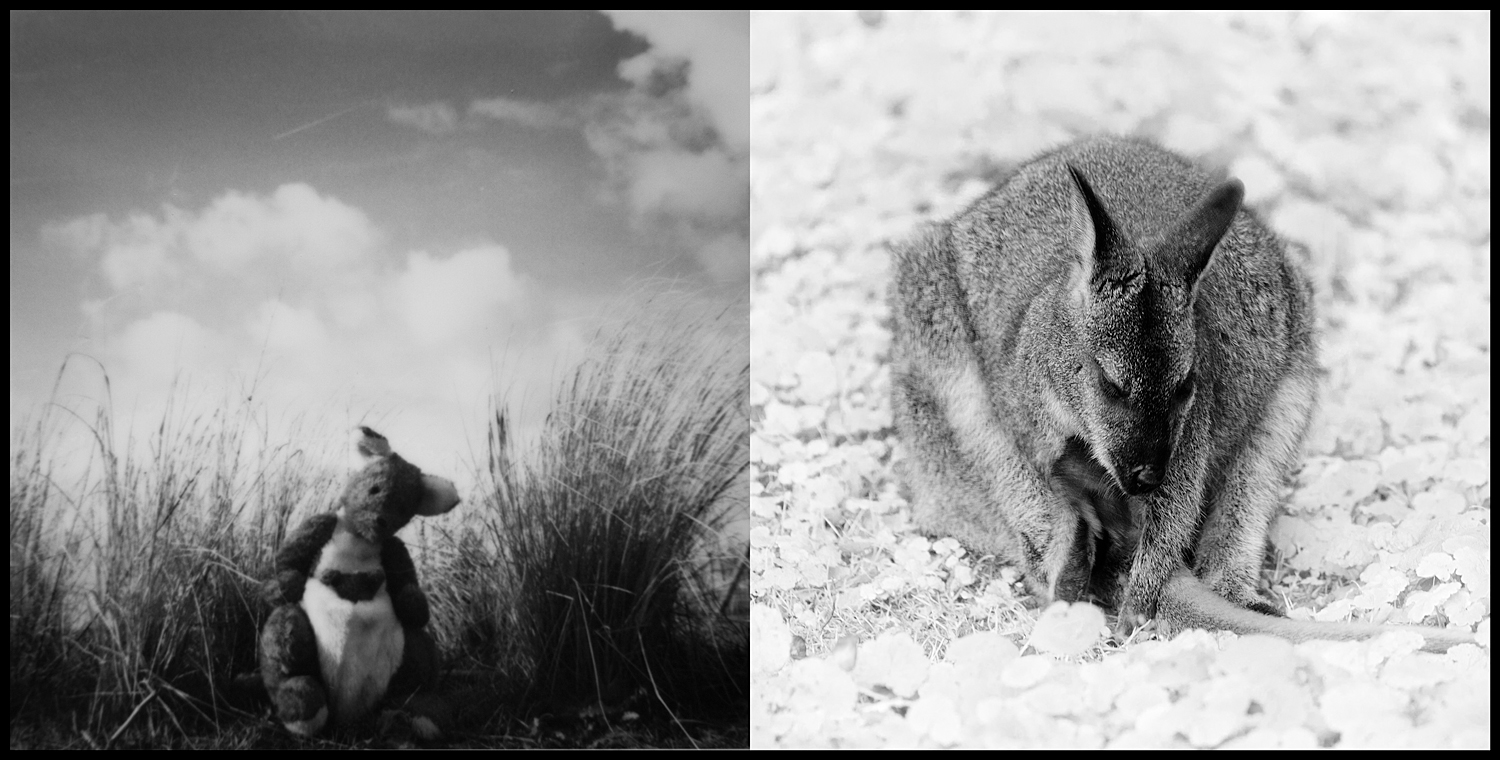
Faire-Parts
Gérard Staron also works on the representation of photographed space: the goal is to achieve a more universal dimension than the simple reduced image of the lens field.
- By diluting the space to make it unrecognizable
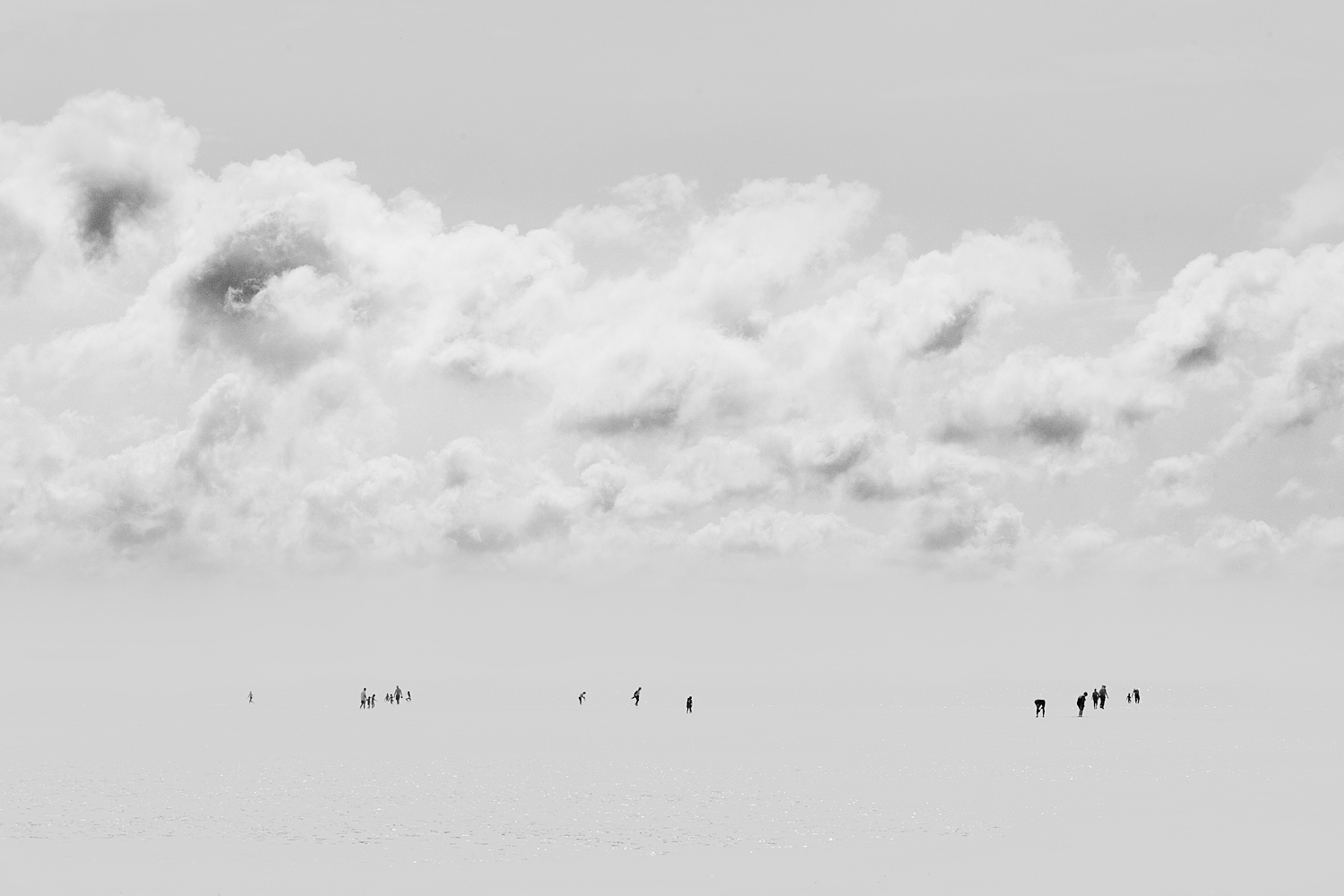
Lost
- By producing a remodeled space
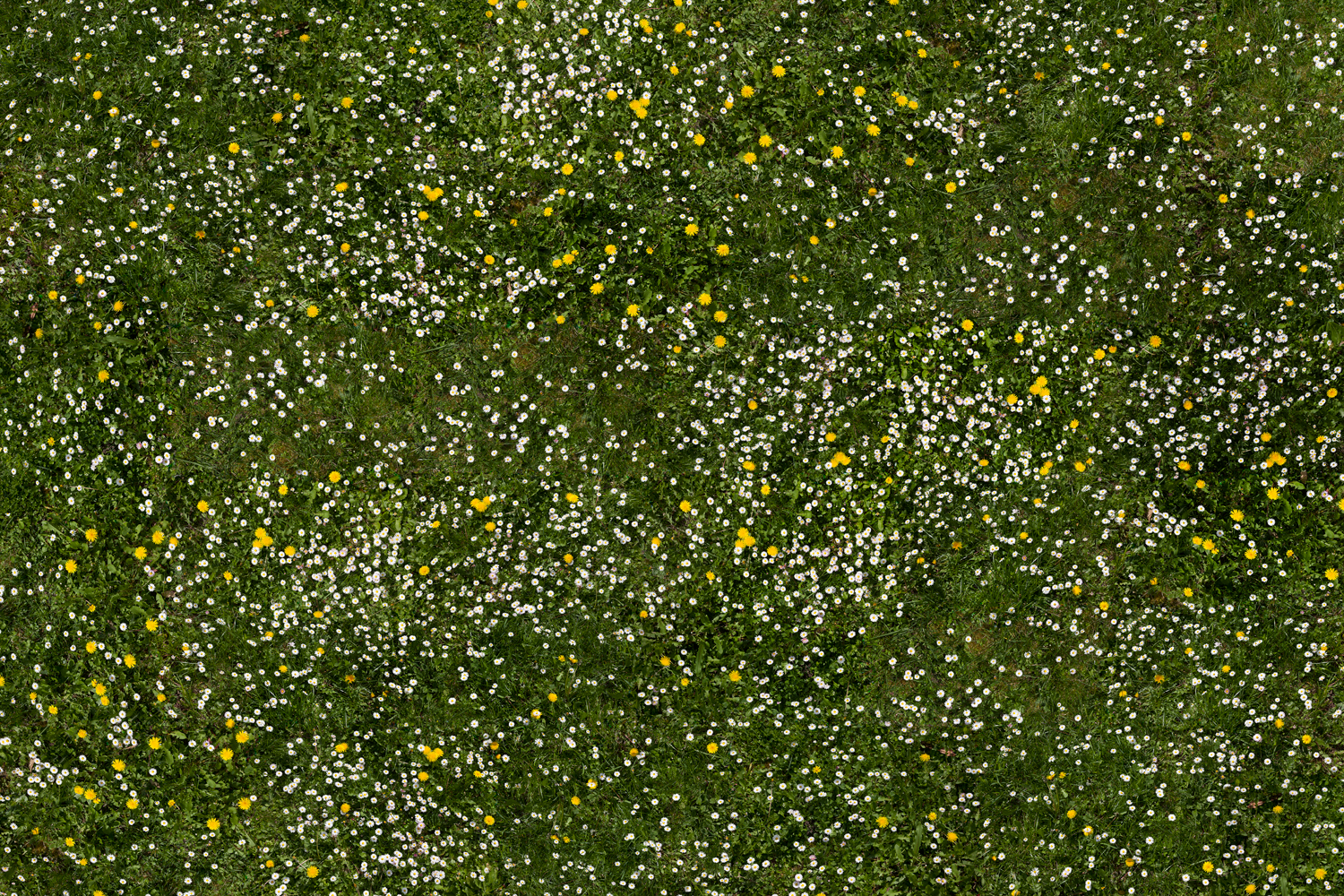
Faux-Semblants (le jardin)
- By producing an ideal landscape
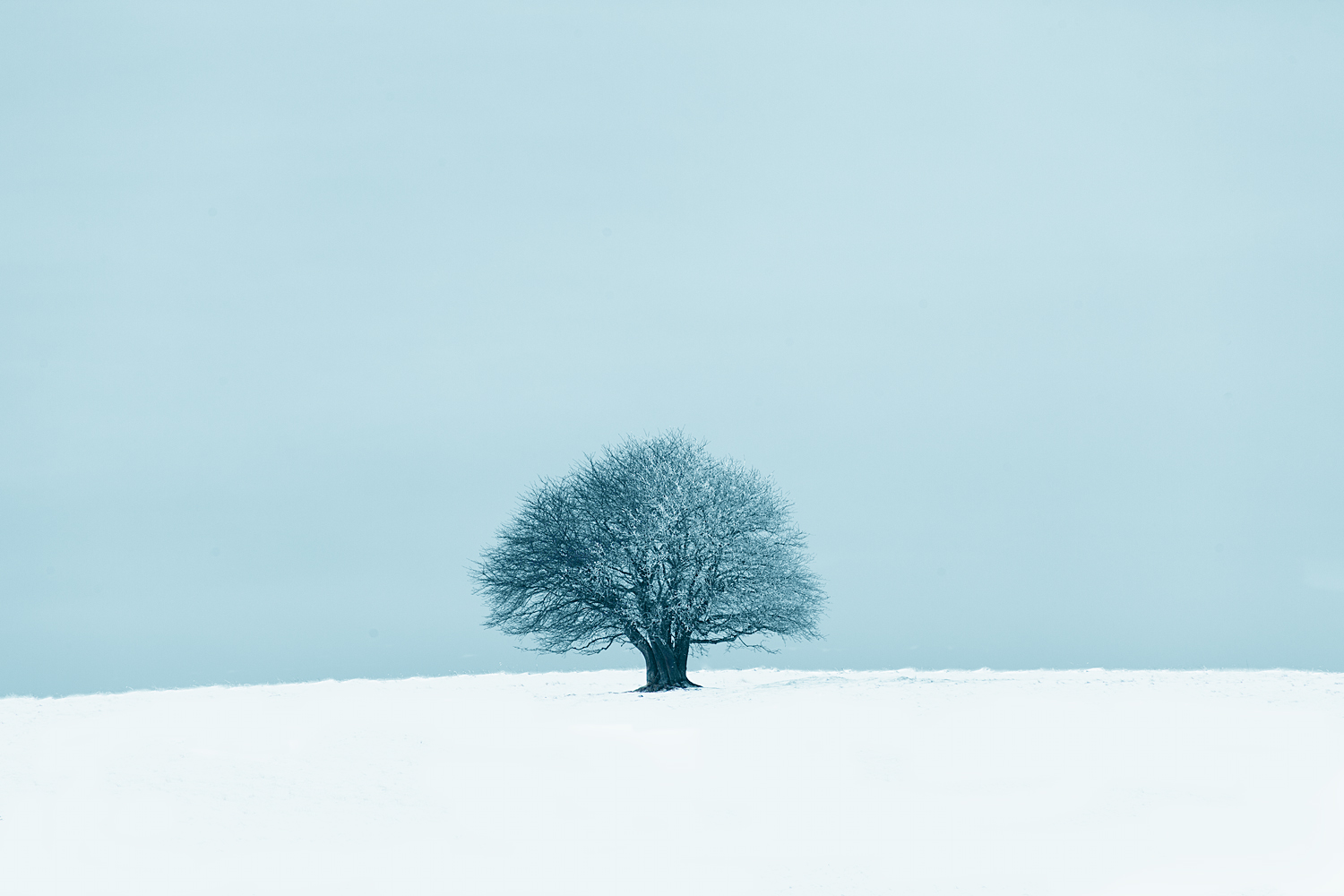
Winter
The target of this research is to find other ways than the concepts of photo "truth" and the decisive moment, justified by the mechanical and instantaneous process of photography.
Gérard Staron questions the perception of reality and the interpretation of the photographed object. The obect is only identified because it meets a standard accepted by the viewer who defines it as such.
The image shows what the author wants to makes believe,
The work is to show the spectator what he expects, with regard to his history, his culture, his memories. Each viewer then has their own perception of the image being viewed.
-
« Les bains de mer» play with our memory, filled not with real landscapes but by their representation by painters of the early twentieth century.
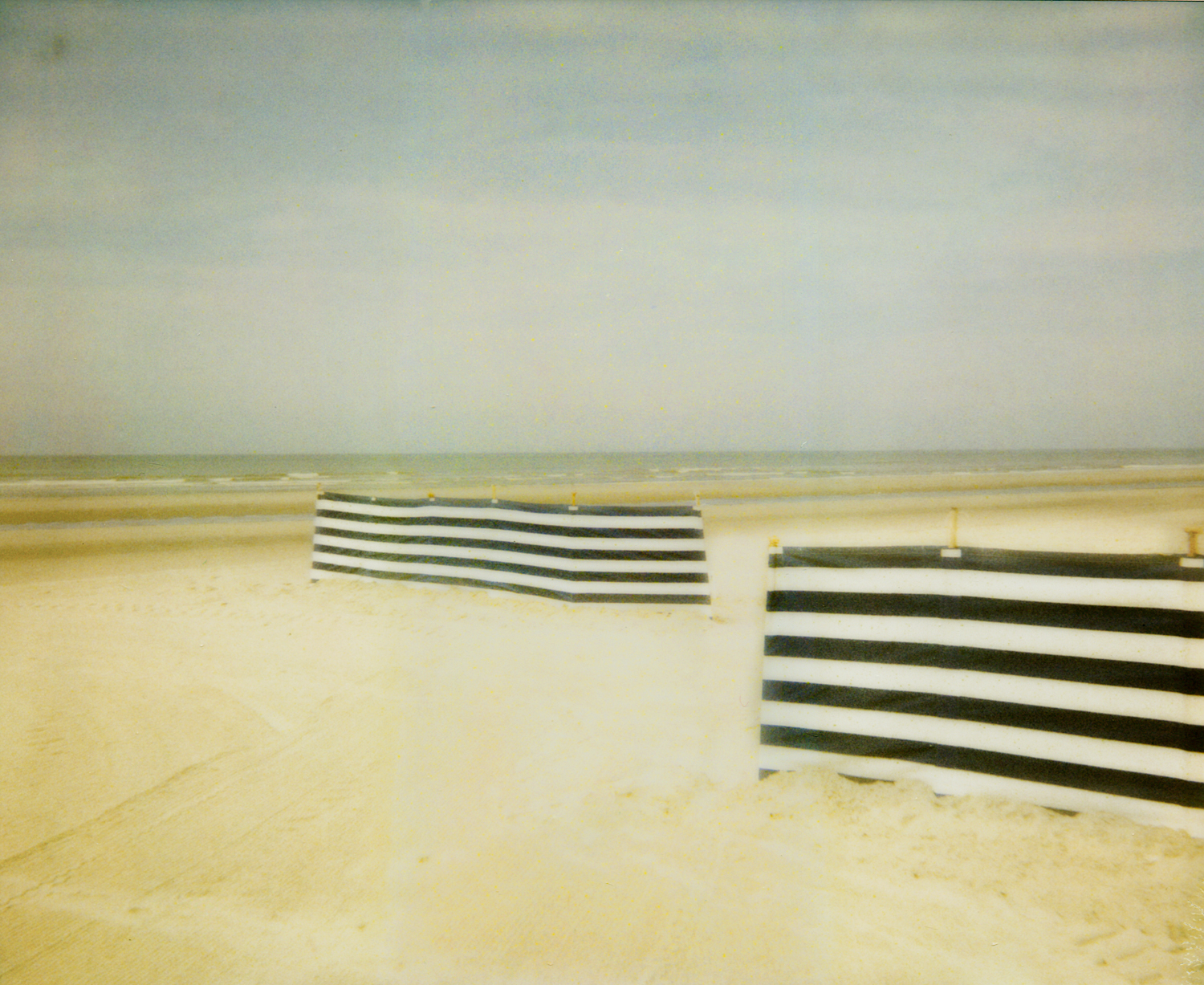
Les bains de mer (Les paravents)
-
« Flower timegram» recreates a museum and dated presentation from "throwaway" images made with Instagram.
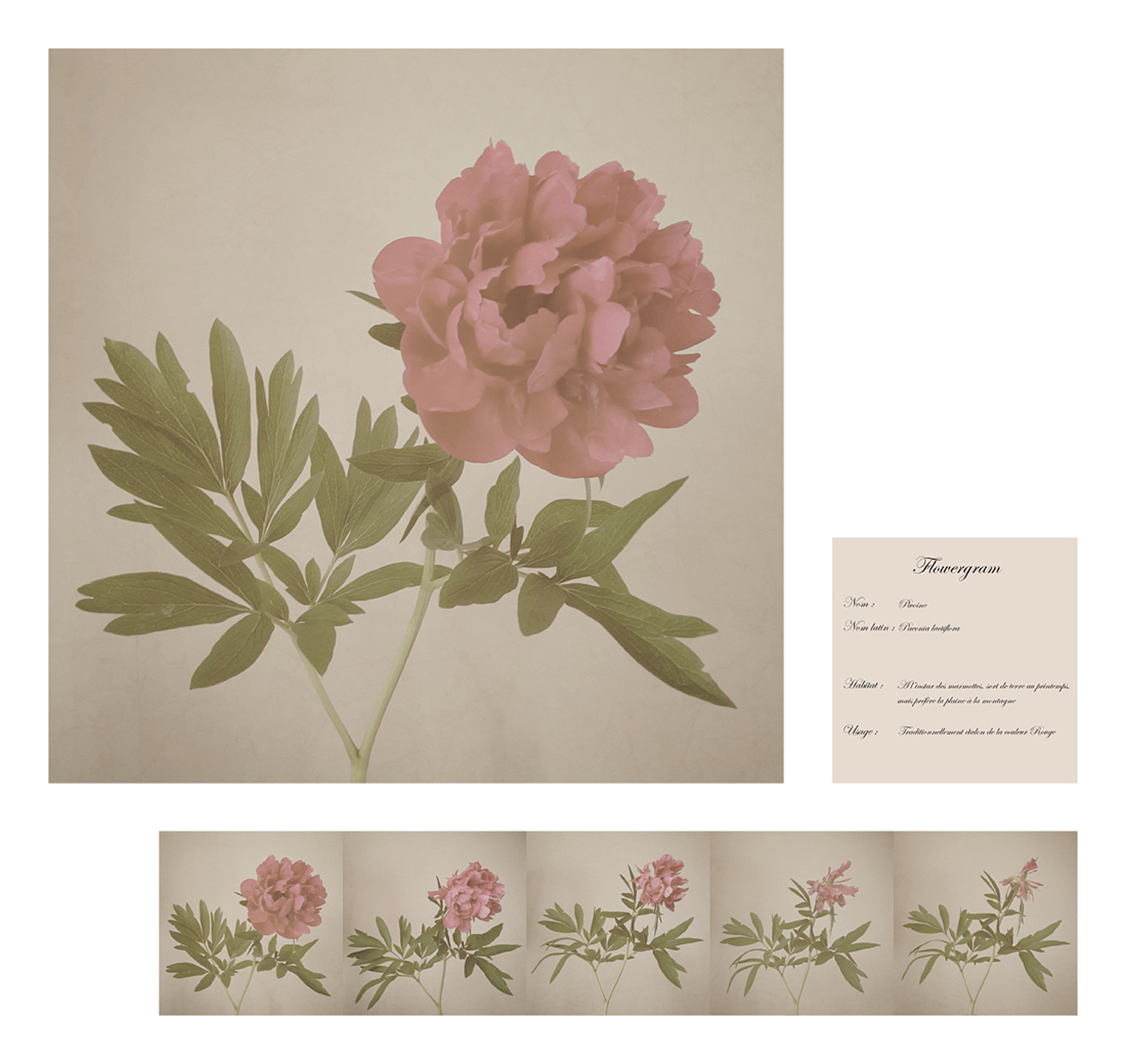
Flower Timegram (Pivoine)
-
« Rêves d’enfance » evoke the "monsters" and "heroes" of our childhood.

Rêve d'enfance (la fuite)
-
« Faux-semblants » appears to show scenes from real life.

Faux-semblant (le déjeuner sur l'herbe)
The immersive experience offered by the scenography of large-format images installed in a large cube that you enter offers different perceptions of reality depending on the viewer's sensitivity.

Faux-semblants (Scénographie)
-
Finally, « Hom(m)es » presents all aspects of the documentary and plays on the relationship between plausible and imaginary.
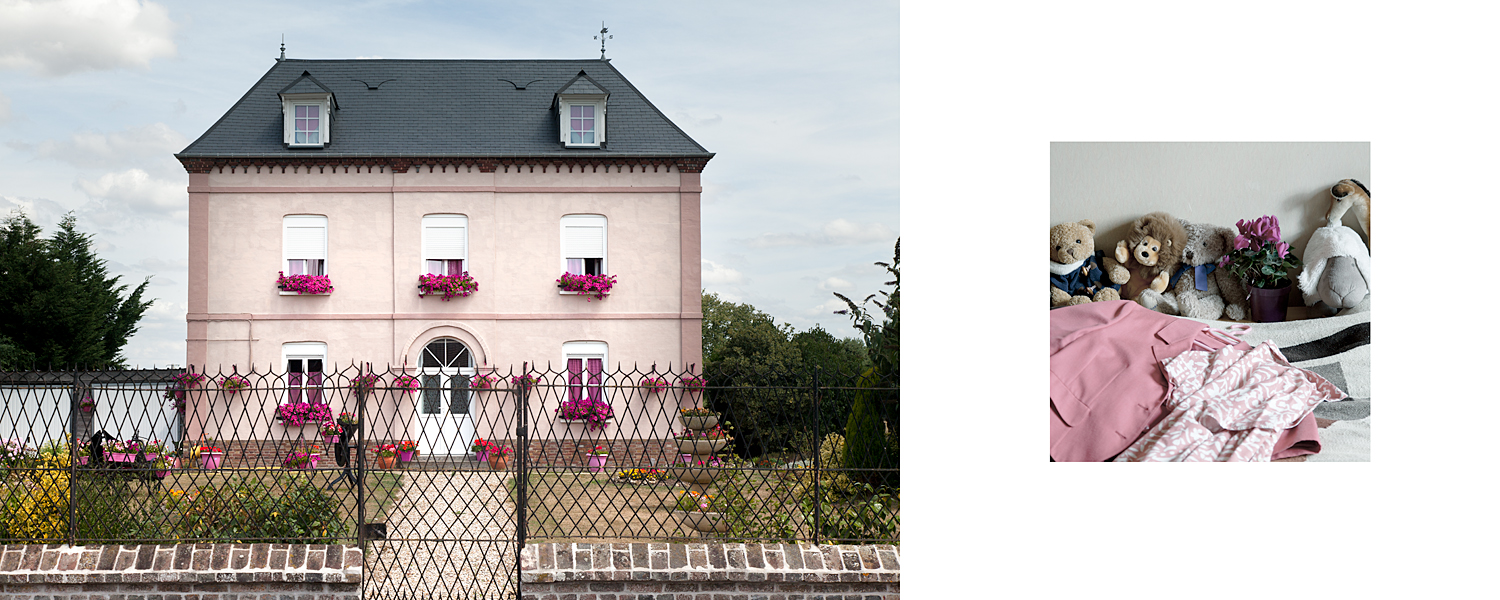
Hom(m)es (Lily n'avait jamais vraiment quitté le monde des princesses)
The image therefore always serves a purpose wich is serious but is treated with humor and derision.
The absurdity of everyday life is evoked in « Faux-semblants », « Les nuits sans lune »
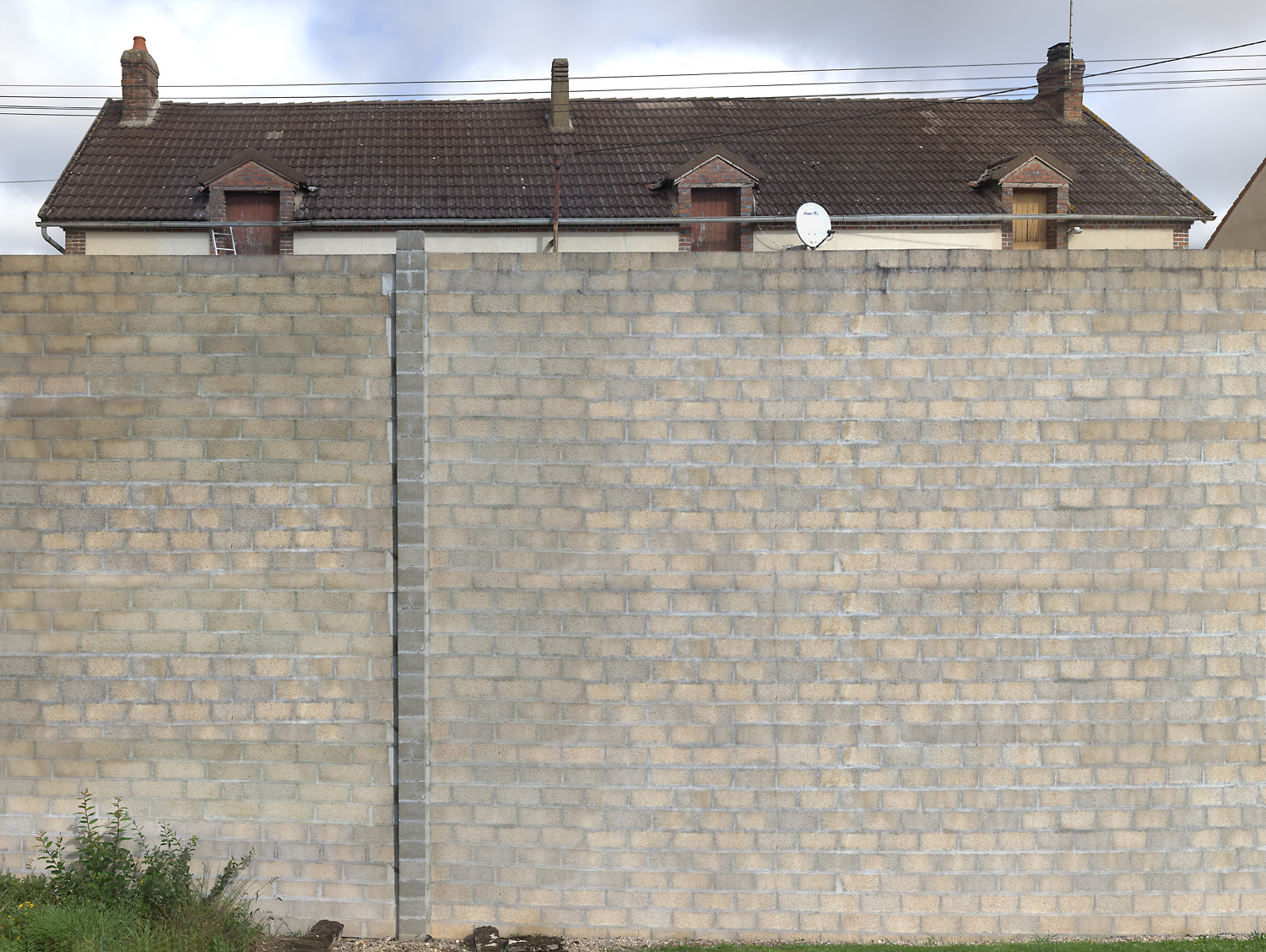 |
 |
| Faux-semblants (l'état d'urgence) | Les nuits sans lune (Photosynthesis vol. 1) |
- The environment in « Faire-parts » and « La boule à neige » (video)
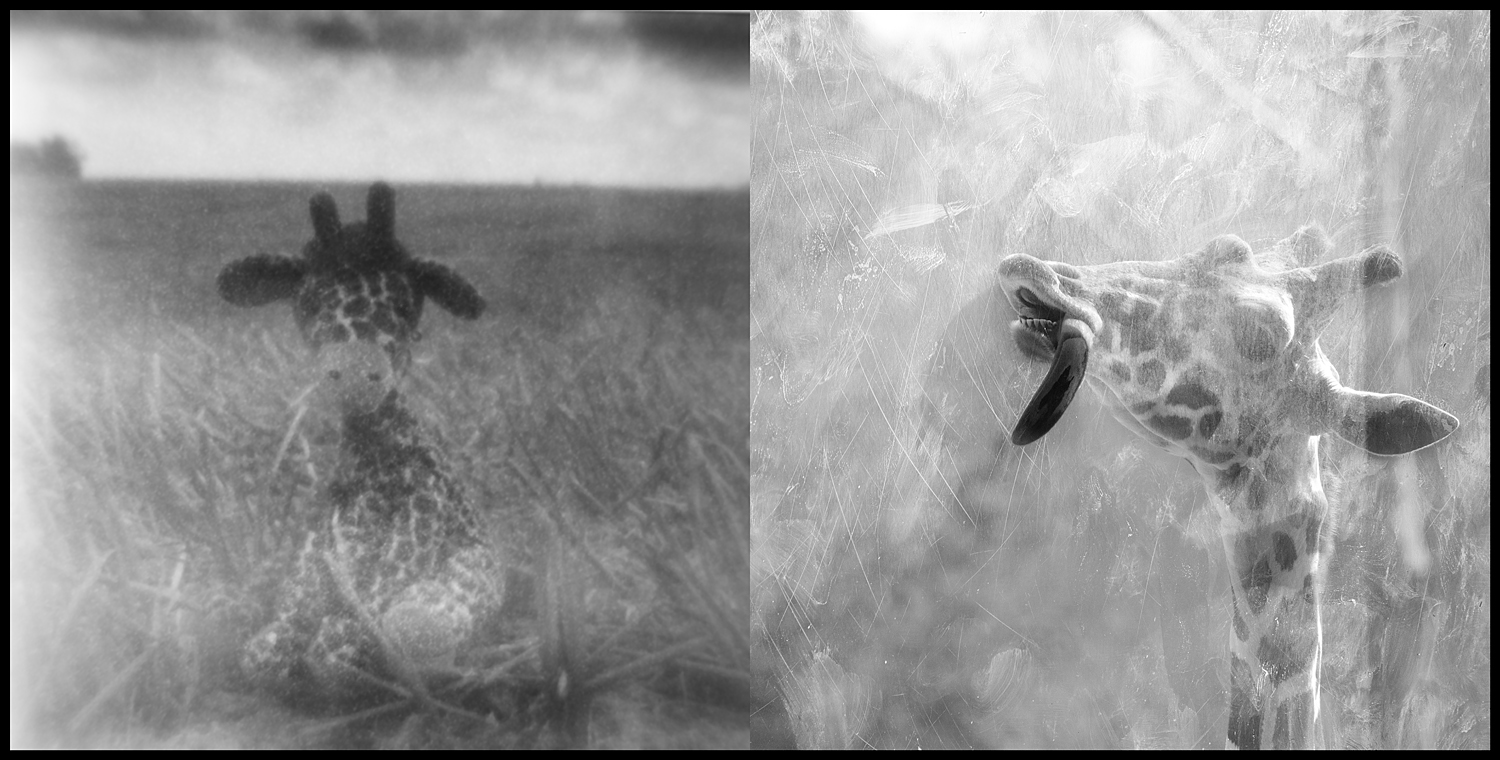
Faire-parts (Girafe)
- Old age, degeneration and death in « Flower Timegram »

Flower Tymegram (Lys extrait)
- War in « Cauchemar »

Cauchemar
- The place of man in the universe and the decay of the world in « Lost »
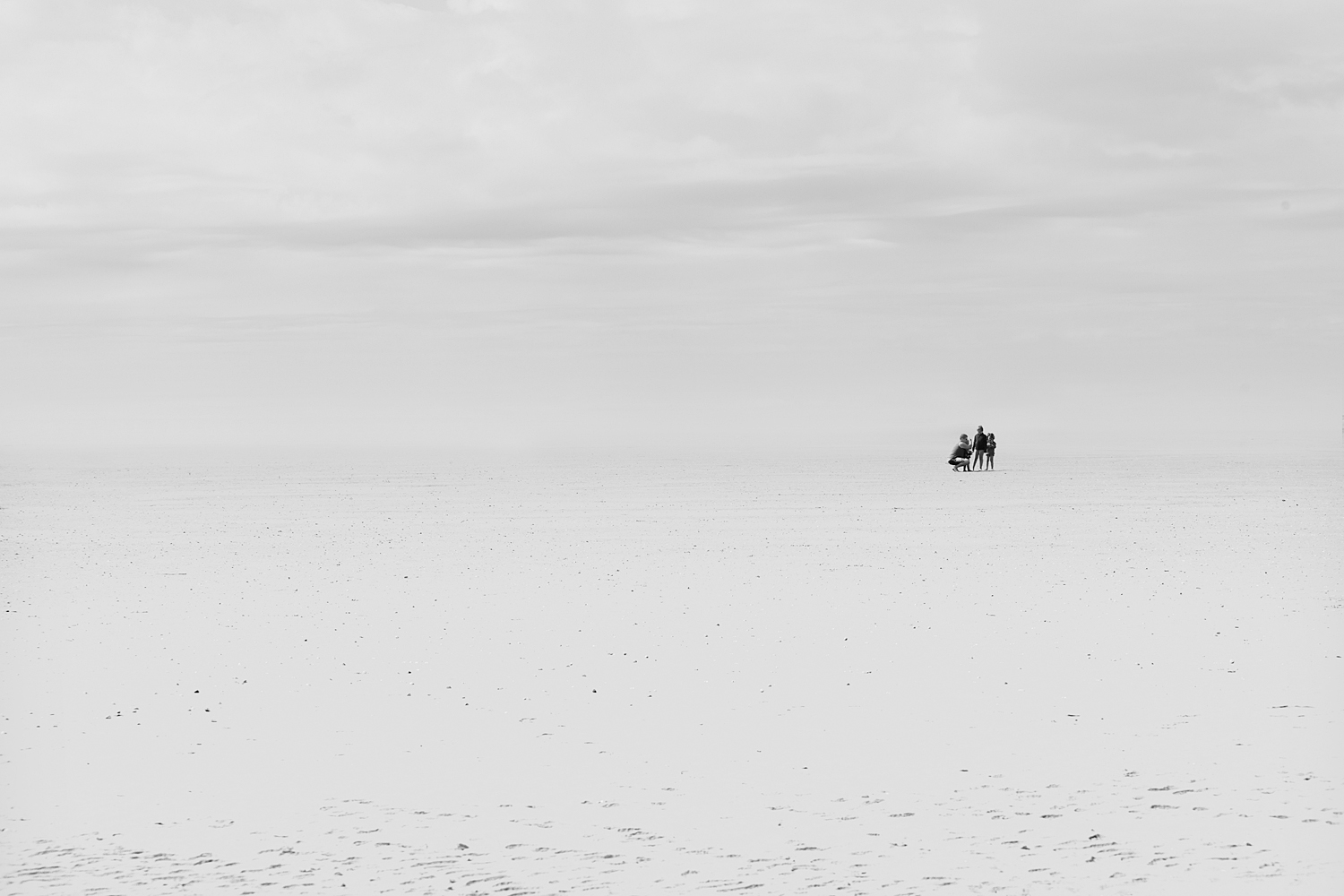
Lost (Les radiations)
- Nostalgia for childhood and times gone by in « Rêve d’enfance » and « Ma vie en Haddock »
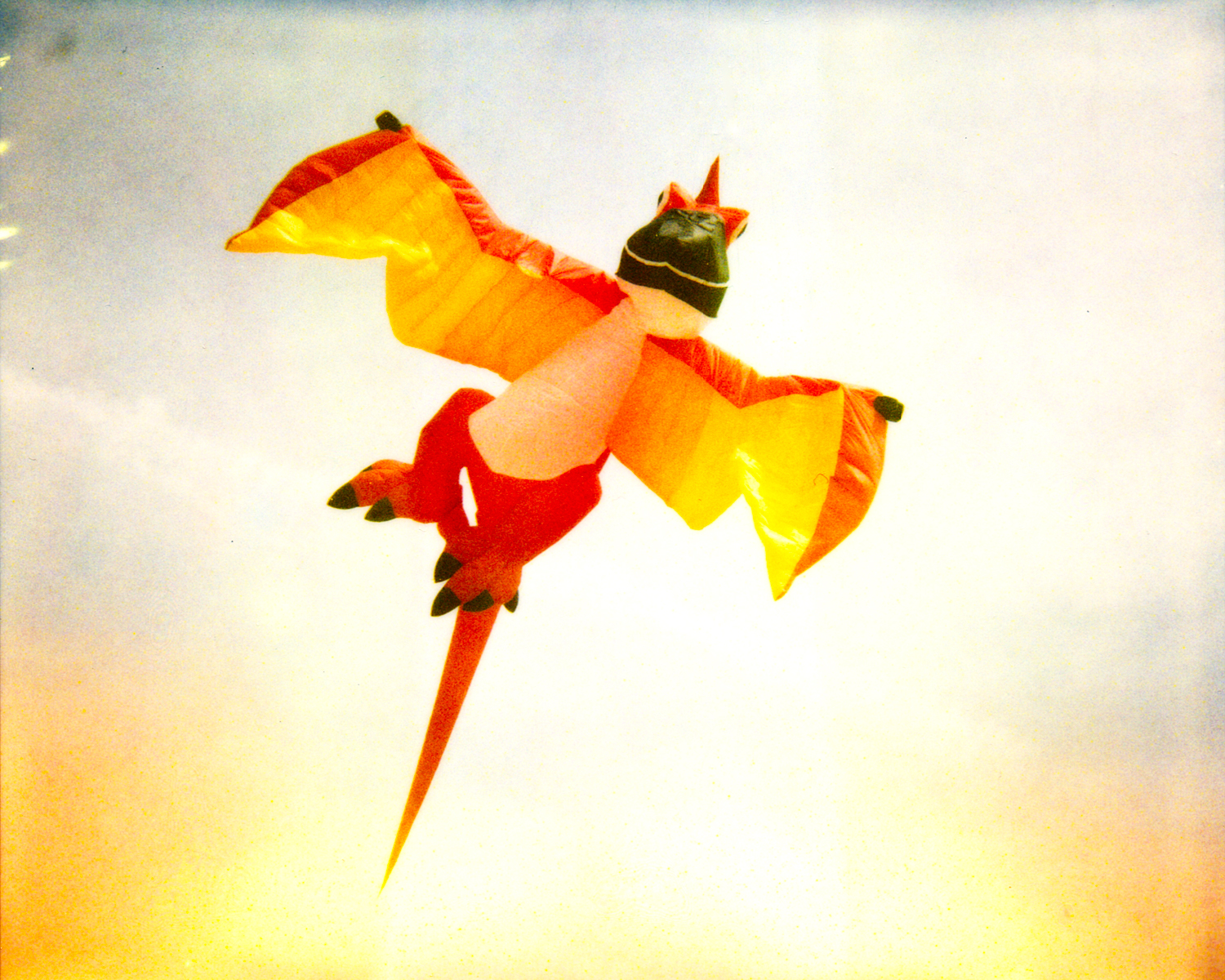 |
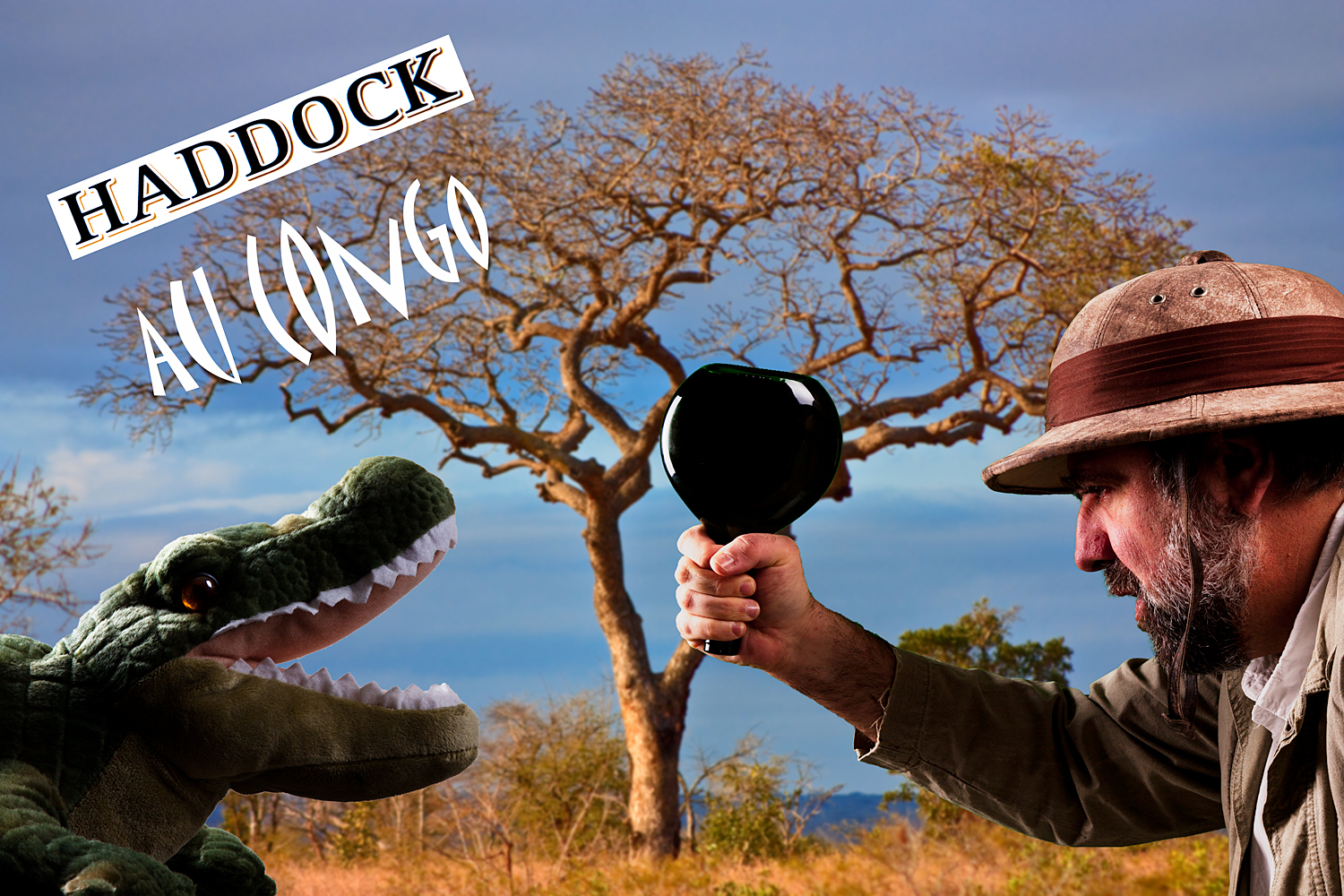 |
| Rêves d'enfance (le phénix) | Ma vie en Haddock |
- Nostalgia for moments spent in « Gris hors Saison » and « off-season colors »
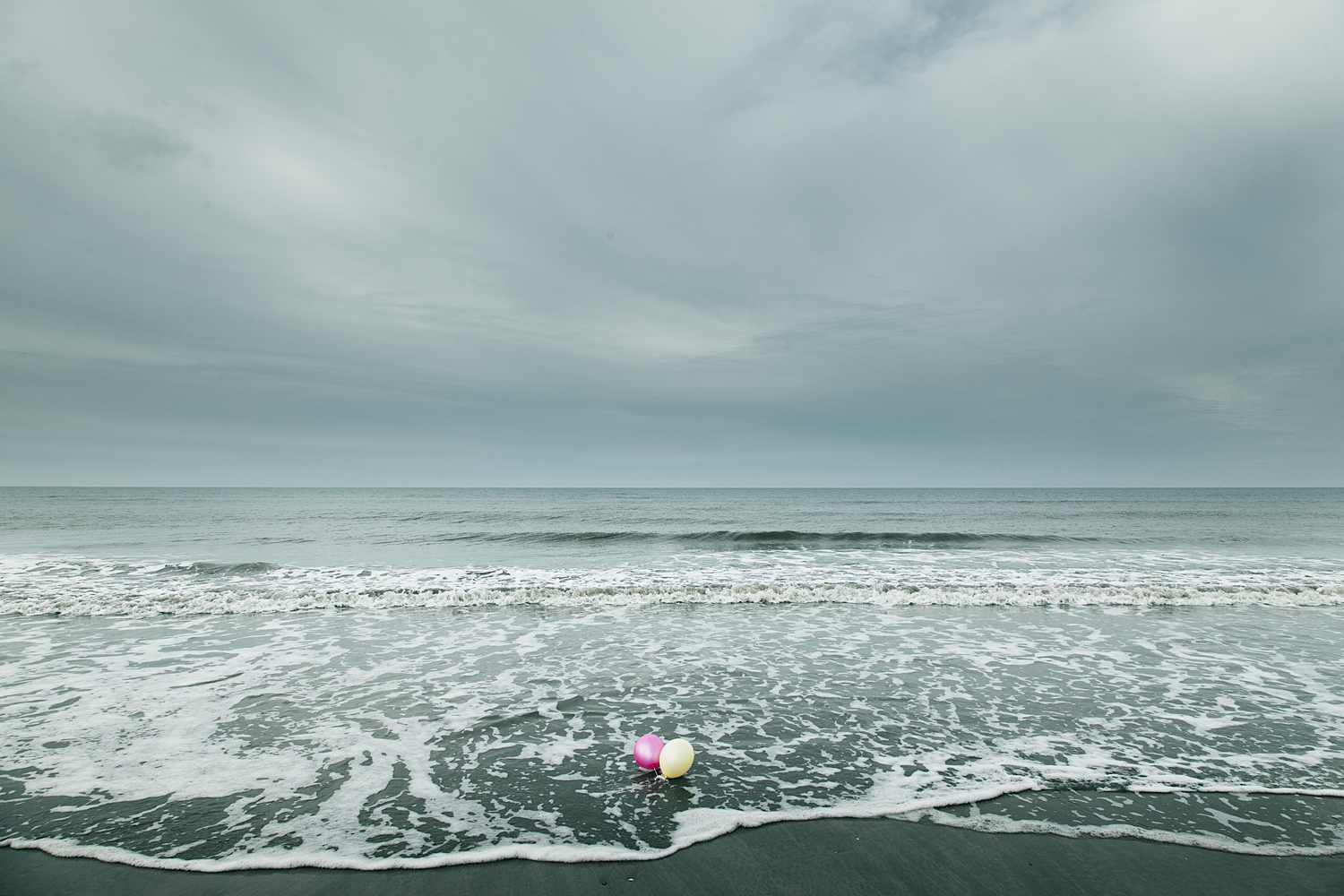
Off-season colors (la fête est finie)
- In te stories of « hom(m)es » we find the author's concerns.
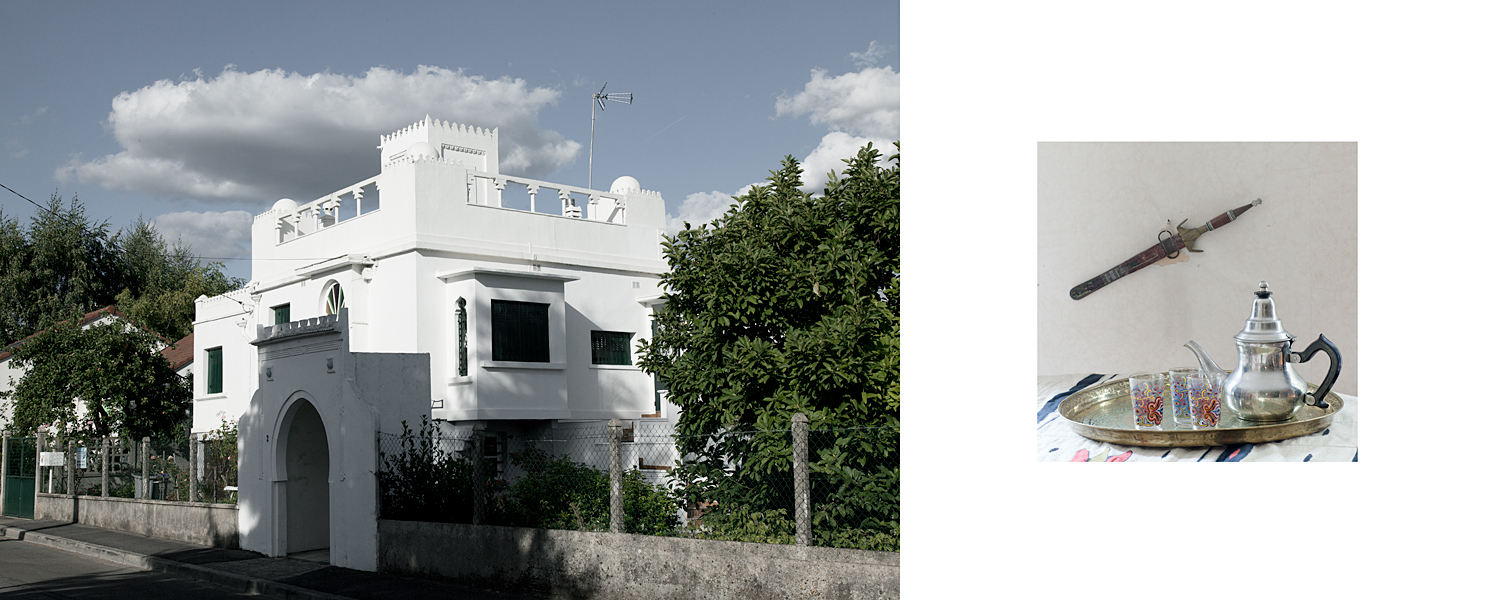
Hom(m)es (Marthe vit à Philippeville, Val d'oise)



